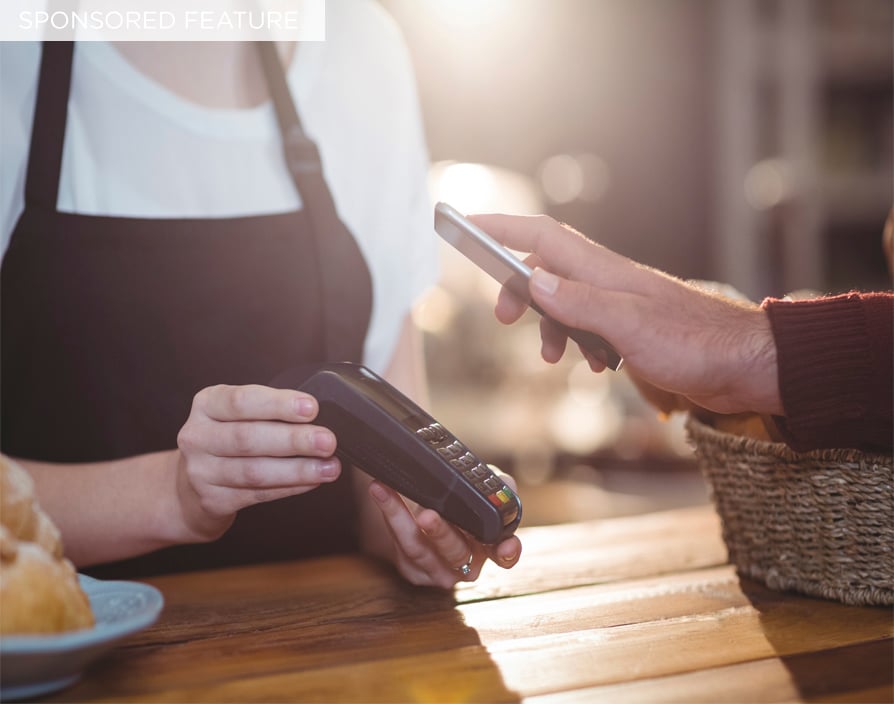Contactless payments are finally taking off and the numbers are nothing less than impressive. And despite some customers across the UK still receiving some ‘sorry, we don’t take contactless’ apologies at the till, it’s clear that tap-to-pay is on the rise.
According to the UK Cards Association, which represents Britain’s cards payments industry, over 21 million contactless cards were issued in the UK in 2016, with total contactless spend reaching over £25bn. And contactless payment spend during the first two months of 2017 experienced a 169% year-on-year increase from £2,425 to £6,530bn. What’s more, a report by Paymentsense, the merchant services and card payment solutions provider, revealed a clear rise in contactless payments between October 2016 and March 2017.
Analysing its customer data from across 50,000 merchants, which records the amount of transactions merchants have accepted by card and how many contactless payments have been processed, the company found that some merchants achieved a month-on-month increase throughout the period. Across the board, merchants saw their contactless sales increase more than their chip & PIN transactions – suggesting that now’s the time for retailers to provide contactless card payment machines.
By looking even closer at the data from the study and, more specifically, at the sum total of contactless payments, some industries appear to be embracing contactless more than others. Bakeries processed the highest volume of contactless payments, followed by pubs and bars in second place and caterers in third. On the other end of the scale, taxis and private hire vehicles processed the least amount using contactless. This is despite the fact that the Transport for London board agreed in 2016 that all taxi drivers must accept credit and debit card payments, including contactless. Home furniture companies, dentists and orthodontists are also lagging behind. Clearly there have been some early adopters but given the increase in the uptake of contactless, other businesses are quickly following suit and reaping the rewards.
As for consumers, they’re rapidly getting past their initial concerns and instead embracing the speed and convenience of contactless payments. This is partly because they become more accustomed to them but also because the technology itself has advanced. Contactless debit and credit cards use short-range wireless technology, which sends information to the contactless reader in the card machine. This is the same contactless technology used by Apple Pay and Android Pay devices.
Having a transaction limit – which is currently £30 – increases security for customers, while the speed of payment helps shorten queues so customers aren’t kept waiting. The average contactless transaction takes less than ten seconds from start to finish. This is particularly useful when consumers are buying smaller, low-cost items and don’t want to wait around for the customer in front of them to pay.
Commenting on the research, Guy Moreve, head of marketing at Paymentsense, said: “It’s not just the bakeries, bars and fast food establishments which need to embrace contactless. The indication is that even if businesses don’t fall into one of the ‘Top 20’ categories, they’re losing potential sales by not taking contactless payments and should embrace contactless before they get left behind.”
And given that two-thirds of people in Britain already expect to stop using physical money in the next five years, it’s safe to say that adoption of contactless payments will keep rising at a steeply speed. It won’t be long until “wave and go” becomes more common than messing around with cash and pin numbers.
This article comes courtesy of Paymentsense, the merchant services and card payment solutions provider. ![]()
Share via:


















































